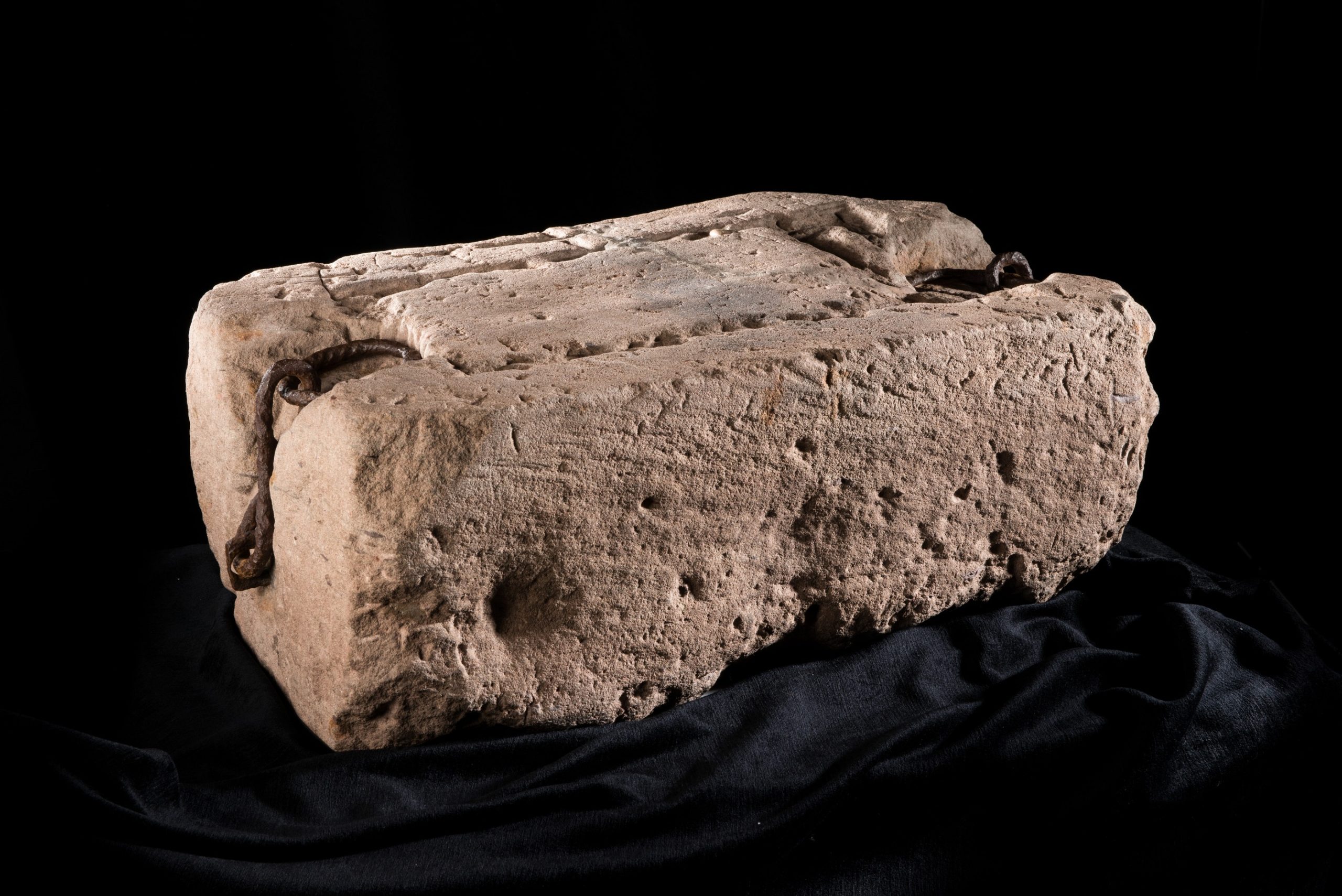Step into the labyrinth of Scottish history as we explore the enigmatic Stone of Scone. This artifact has stirred national sentiment, crowned kings, and survived thefts and political intrigues. Known also as the Stone of Destiny, this pale yellow sandstone block has been a cornerstone of Scottish identity, shrouded in mystery and legend since its biblical origins.
The Biblical Connection
The story of the Stone of Scone traces back to the biblical patriarch Jacob, who is said to have used it as a pillow during his angelic vision at Bethel. The stone embarked on a journey from the Holy Land, crossing continents to reach Ireland around 700 BC. It became a symbol of sovereignty, crowning ancient Irish kings atop the Hill of Tara.
A Monarch’s Seat
When the Celtic Scots invaded Scotland, the Stone of Scone became part of their royal regalia. It served in the crowning ceremonies of the kings of Dalriada and later Scottish kings after relocating to Scone Palace in Perthshire. However, Edward I of England seized it in 1296, embedding it into the Coronation Chair at Westminster Abbey. This act symbolized the English claim over Scottish royalty, especially after the Treaty of Union in 1707.
Modern Sagas
The stone has not been without its share of modern drama. In 1914, Suffragettes targeted the Coronation Chair and Stone as a protest against women’s inequality, causing damage. The stone was hidden in a vault beneath Abbot Islip’s Chapel during WWII, fearing German air raids. Then came the audacious theft on Christmas Eve 1950, when Scottish nationalists smuggled the stone back to Scotland, only for it to be recovered and returned to Westminster Abbey.
A Mark of Authenticity
Given the stone’s storied past, questions of its authenticity arose. A small tube containing an offcut from an authentication document was inserted into the stone to mitigate these concerns. This detail was discovered during a conservation project years later.
Homecoming
The stone’s seven-century sojourn in England ended in 1996. Prompted by public discussion and political will, then-UK Prime Minister John Major announced its return to Scotland. Today, it resides in the Crown Room of the Royal Palace in Scotland, next to the Crown Jewels.
A Symbol Eternal
Recent developments have kept the Stone of Scone in the limelight. Following Queen Elizabeth II’s passing in September 2022, plans were announced to temporarily move the stone back to Westminster Abbey for King Charles III’s coronation. It is an enduring symbol of Scottish national identity, its history intertwined with the country’s past, present, and future.
The Stone of Scone transcends its physical form to embody Scotland’s spirit, a testament to the nation’s rich history and the enduring significance of its traditions. It continues to draw countless visitors who witness this age-old artifact that has been a pillar of Scottish identity through the ages.
Watch The Stone of Scone: Ancient Power, Myths & Controversy at YouTube now!

Leave a Reply